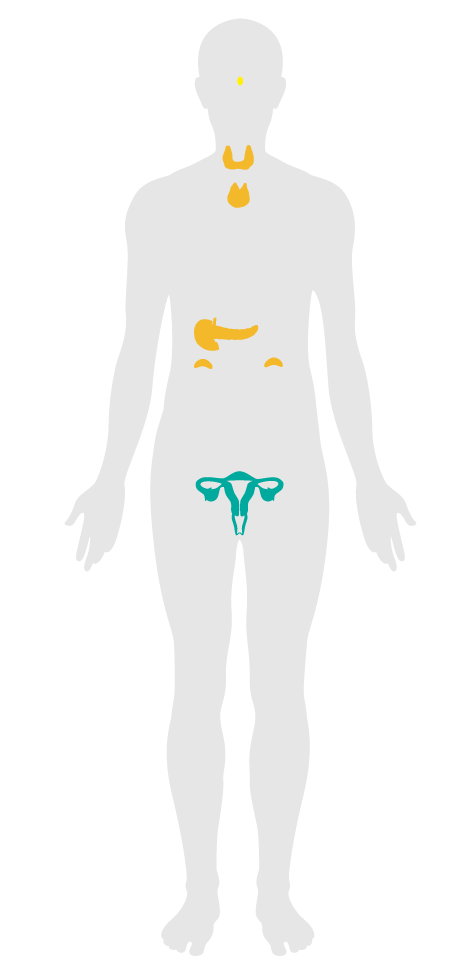Toxic material reduction
25. Toxic material reduction
To minimize the impact of hazardous building material chemicals on indoor air quality and protect the health of manufacturing and maintenance workers.
Various chemicals are still used in the manufacture of building materials, despite known or suspected health hazards. Flame retardant chemicals, which are used to increase fire-resistance of materials, include PBDEs (polybrominated diphenyl ethers)—which, based on animal tests, are associated with potential neurobehavioral, carcinogenic and immune effects. Some of these chemicals can bioaccumulate in fat and result in food chain contamination, including human milk. All parts of this feature only apply to materials installed inside the weather proofing membrane of a project. (Please refer to Table A3 for additional details.)
No perfluorinated compounds (PFCs) are present in the following condition:
Halogenated flame retardants are limited in the following components to 0.01% (100 ppm) to the extent allowable by local code:
DEHP, DBP, BBP, DINP, DIDP or DNOP (often found in polyvinyl chloride [PVC]) are limited in the following components to 0.01% (100 ppm):
Isocyanate-based polyurethane products are not used in:
Urea-formaldehyde presence is limited in the following components to 100 ppm:

Applicability Matrix
| Core & Shell | New & Existing Buildings | New & Existing Interiors | |
|---|---|---|---|
| Part 1: Perfluorinated Compound Limitation | - | O | O |
| Part 2: Flame Retardant Limitation | - | O | O |
| Part 3: Phthalate (Plasticizers) Limitation | - | O | O |
| Part 4: Isocyanate-Based Polyurethane Limitation | - | O | O |
| Part 5: Urea-Formaldehyde Restriction | - | O | O |
| Commercial Kitchen | Education | Multifamily Residential | Restaurant | Retail | |
|---|---|---|---|---|---|
| Part 1: Perfluorinated Compound Limitation | O | O | O | O | O |
| Part 2: Flame Retardant Limitation | O | O | O | O | O |
| Part 3: Phthalate (Plasticizers) Limitation | O | O | O | O | O |
| Part 4: Isocyanate-Based Polyurethane Limitation | O | O | O | O | O |
| Part 5: Urea-Formaldehyde Restriction | O | O | O | O | O |
Verification Methods Matrix
| Letters of Assurance | Annotated Documents | On-Site Checks | |
|---|---|---|---|
| Part 1: Perfluorinated Compound Limitation | Architect & Owner | ||
| Part 2: Flame Retardant Limitation | Architect & Contractor | ||
| Part 3: Phthalate (Plasticizers) Limitation | Architect & Contractor | ||
| Part 4: Isocyanate-Based Polyurethane Limitation | Architect & Contractor | ||
| Part 5: Urea-Formaldehyde Restriction | Architect & Contractor |
| 25.5.a |
USGBC's LEED 2009 for Healthcare MR Credit sets limits for furniture and medical furnishings including textiles, finishes and dyes, to less than 100 ppm of at least four out of five chemical groups, including urea-formaldehyde. |
| 25.5.c |
USGBC's LEED 2009 for Healthcare MR Credit sets limits for furniture and medical furnishings including textiles, finishes and dyes, to less than 100 ppm of at least four out of five chemical groups, including urea-formaldehyde. |
| 25.5.b |
USGBC's LEED 2009 for Healthcare MR Credit sets limits for furniture and medical furnishings including textiles, finishes and dyes, to less than 100 ppm of at least four out of five chemical groups, including urea-formaldehyde. |
| 25.4.a |
The EPA's Methylene Diphenyl Diisocyanate and Related Compounds Action Plan outlines the risk of exposure to isocyanate-based compounds. |
| 25.1.a |
USGBC's LEED v3 Pilot Credit 54 requires that third party certified building materials may not include perfluorinated compounds at levels equal to or greater than 100 ppm. |
| 25.2.c |
USGBC's LEED v3 Pilot Credit 54 requires that third party certified building products not contain more than 0.01% by mass (100ppm) brominated or halogenated flame retardants containing bromine, chlorine, or fluorine. |
| 25.2.d |
USGBC's LEED v3 Pilot Credit 54 requires that third party certified building products not contain more than 0.01% by mass (100ppm) brominated or halogenated flame retardants containing bromine, chlorine, or fluorine. |
| 25.2.e |
USGBC's LEED v3 Pilot Credit 54 requires that third party certified building products not contain more than 0.01% by mass (100ppm) brominated or halogenated flame retardants containing bromine, chlorine, or fluorine. |
| 25.2.a |
USGBC's LEED v3 Pilot Credit 54 requires that third party certified building products not contain more than 0.01% by mass (100ppm) brominated or halogenated flame retardants containing bromine, chlorine, or fluorine. |
| 25.2.b |
USGBC's LEED v3 Pilot Credit 54 requires that third party certified building products not contain more than 0.01% by mass (100ppm) brominated or halogenated flame retardants containing bromine, chlorine, or fluorine. |
| 25.3.a |
USGBC's LEED v4 Pilot Credit 54 requires that third party certified building products not contain more than 0.01% by mass (100ppm) of phthalates. |
| 25.3.c |
USGBC's LEED v4 Pilot Credit 54 requires that third party certified building products not contain more than 0.01% by mass (100ppm) of phthalates. |
| 25.3.b |
USGBC's LEED v4 Pilot Credit 54 requires that third party certified building products not contain more than 0.01% by mass (100ppm) of phthalates. |
